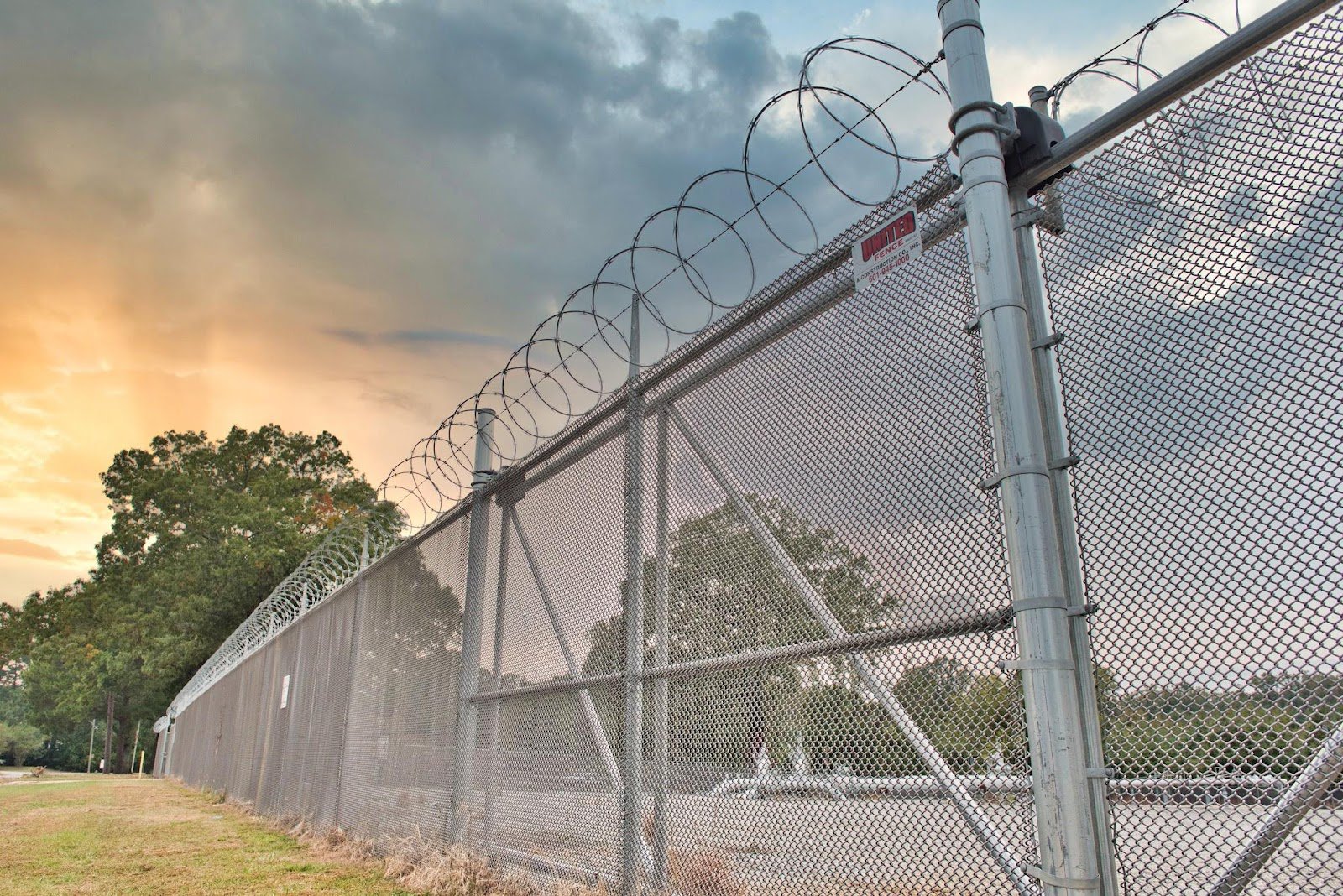All Categories
Featured

Your fencing is a crucial part of your residential property, offering safety, privacy, and visual allure. It is frequently exposed to the components, and over time, weather-related damages can take its toll. Whether it's the severe sun, solid winds, heavy rain, or freezing temperature levels, the climate can cause deterioration, warping, deteriorating, and fading. Thankfully, there are numerous strategies you can carry out to secure your fencing and prolong its life.
- Pick the Right Product. The very first step in securing your fencing from weather-related damages is to choose the ideal material for your environment. Some materials are extra immune to the aspects than others.
Wood Fencings: While standard wooden fences supply a natural, attractive appearance, they are especially prone to water insect, damage, and rot invasion. If you choose timber, choose pressure-treated lumber or timber kinds that are a lot more resistant to dampness, such as cedar or redwood. Plastic Fences: Plastic is a low-maintenance option that resists fading, cracking, and bending. It's also unsusceptible to rot and insects, making it ideal for areas with high humidity or exposure to rainfall. Steel Fencings: Aluminum and functioned iron fencings are resilient and immune to weathering. They can corrosion if revealed to moisture for prolonged durations. Opt for a galvanized or powder-coated steel fence to reduce the risk of deterioration. Compound Fences: These are made from a mix of wood fibers and plastic, using the very best of both worlds-- toughness and a natural appearance. Compound fences are immune to moisture, fading, and decomposing, making them excellent for environments with regular rain or snow. 2. Apply Protective Coatings. Regardless of the material, using a protective finish can help guard your fence from weather condition damage.

Wooden Fences: A good-quality discolor or sealant can assist shield your wood fence from moisture, UV rays, and insects. These finishings develop a barrier that prevents water from leaking right into the wood and triggering rot. You must use a fresh coat of stain or sealer every pair of years, depending upon your climate and the degree of direct exposure to rainfall and sunshine. Plastic Fencings: Although vinyl fences are usually resistant to weathering, they can still struggle with discoloration because of the sun's UV rays. You can use specific plastic cleaners or UV protectants to maintain the shade and look of your fence. Metal Fences: For metal fencings, think about using a rust-resistant guide and a layer of paint developed for exterior use. Powder coating is one more outstanding option for metal fencings, as it creates a resilient, weather-resistant coating that stands up to corrosion and corrosion. 3. Routine Cleansing and Maintenance. Keeping your fencing consistently is necessary to preventing damage from the elements. Dirt, leaves, and various other debris can build up on your fencing, which can trigger staining, mold and mildew, and mold over time.
Wooden Fences: Clean your wooden fence every 6 months with a moderate detergent solution or a pressure washing machine (on a low setup) to eliminate dust and gunk. Watch out for early indicators of rot, especially at the base of the fencing messages where dampness has a tendency to collect. Plastic Fences: Vinyl fencings are simple to clean with soap and water. Use a blend of vinegar and water to carefully scrub the impacted locations if you observe mold or mold. Stay clear of harsh chemicals that can harm the surface. Steel Fencings: Regularly clean steel fences with a soft cloth or sponge to eliminate rust-causing particles. For wrought iron fences, consider using a rust-inhibiting item to stop corrosion. 4. Correct Setup and Positioning. Correct installment of your fencing can go a lengthy way in securing it from weather-related damage. Ensure that your fencing is safely anchored which blog posts are established deep sufficient into the ground to avoid moving during heavy winds or tornados. Setting up bracing at essential factors can give added assistance. if your fencing is subject to heavy winds.
Additionally, consider the positioning of your fencing. Plant bushes or trees purposefully around your fence to give some natural security from harsh winds, intense sunshine, or motoring rain if feasible. Nonetheless, be cautious not to plant too near the fencing, as roots can harm or change messages gradually.
- Address Storm Damage Promptly. Storms, particularly those with high winds or hailstorm, can create immediate damages to your fence. After a tornado, check your fence for damaged areas, leaning messages, or fallen debris.
- Winterize Your Fence. Cold temperatures and ice can be especially damaging to wooden fencings. To avoid this, make sure that the base of your fencing posts is raised and not resting in pooled water.
Verdict. Weather-related damages is an unavoidable part of owning a fence, yet with the best precautions and regular upkeep, you can considerably extend the life of your fence. Choose long lasting products suited for your climate, apply safety finishings, clean regularly, and make sure appropriate installation. With these steps, you can protect your fencing from the elements and preserve its look and performance for several years to come.
Latest Posts
Check Out Budget-Friendly Auto Repairs with Montclare’s Exclusive Service Specials
Published en
1 min read
Uncover Cut Costs on Car Maintenance with Montclare Auto Repair’s Limited-Time Deals
Published en
1 min read
Find Out Save Big on Car Maintenance with Montclare Auto Repair’s Limited-Time Deals
Published en
1 min read
More
Latest Posts
Check Out Budget-Friendly Auto Repairs with Montclare’s Exclusive Service Specials
Published May 26, 25
1 min read
Uncover Cut Costs on Car Maintenance with Montclare Auto Repair’s Limited-Time Deals
Published May 26, 25
1 min read
Find Out Save Big on Car Maintenance with Montclare Auto Repair’s Limited-Time Deals
Published May 25, 25
1 min read